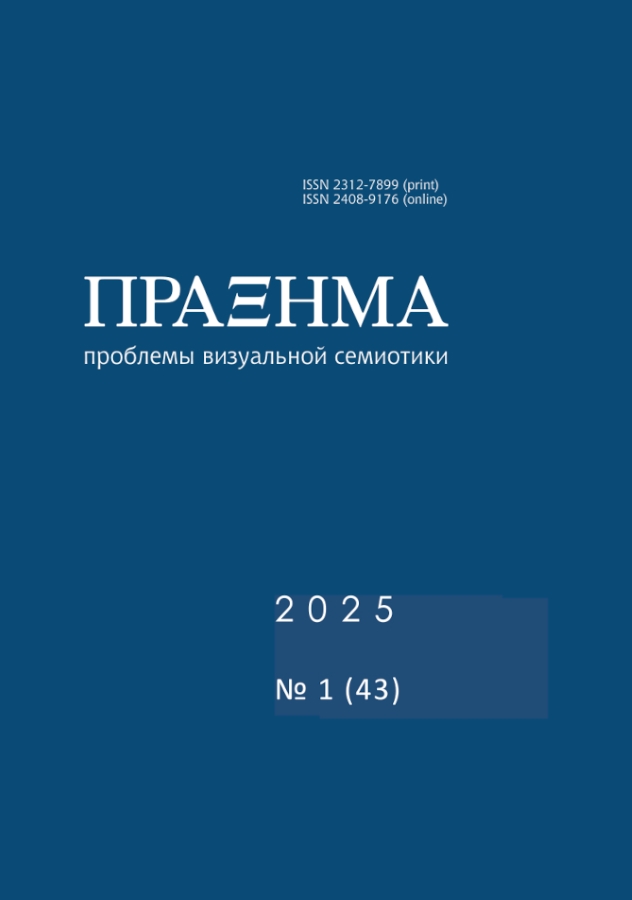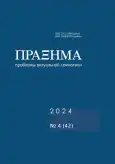Исследователи относят произведения русского писателя Павла Улитина (1918–1986) к экспериментальной монтажной прозе. Он принадлежал к числу писателей-диссидентов и создавал ни на что не похожие произведения на трех языках. Улитин сам печатал и сшивал свои книги, сам выбирал способ фиксации текста: он сочетал машинописные и написанные от руки фрагменты, переходил на иностранный язык и нарушал равномерность расположения текста на страницах. Такое внимание к визуальной стороне произведений позволяло ему создавать уникальные авторские книги, которые напоминают образцы прикладного искусства. Данная статья посвящена изучению визуально-графических особенностей двух книг П. Улитина: «Макаров чешет затылок» (впервые опубликована в 2004) и «Путешествие без Надежды» (впервые опубликована в 2006). Невербальные знаки и топографические средства организации семиотического пространства текста, метаграфемы структурируют текст нелинейным образом. Распределение текста на странице, изменение межстрочных интервалов, варьирование ширины полей и заметки на них, авторские сокращения, вычеркивания и выделение прописными буквами не только служат носителями невербальной информации, но и формируют уникальный визуальный облик текста, создают сложную систему семиотических знаков, что, в свою очередь, оказывает влияние на то, как читатель воспринимает и интерпретирует текст. В книге «Макаров чешет затылок» можно найти страницы, похожие на записи из черновиков. Их наиболее характерные визуальные особенности ‒ зачеркивания, заметки на полях, варьирование интервалов между строками и буквами и сокращения. В книге «Путешествие без Надежды» чаще встречаются фрагменты, похожие на дневниковые записи, что визуально выражается в наличии дат, авторских сокращений, отсылок к реальным диалогам, ситуациям и событиям из жизни писателя. Визуально-графические средства в этих случаях влияют на структуру нарратива и передают ощущение динамичности и спонтанности творческого процесса.В обеих книгах можно найти примеры парцеллированных конструкций и компрессии текста, которые позволяют эмфатически выделить наиболее важные смысловые фрагменты и оказывают влияние на то, с какой интонацией и в каком темпе должен быть прочитан текст. Эти приемы усиливают присутствие автора, поскольку способствуют более точной передаче индивидуальных особенностей его речи. Данные эффекты сочетаются с характерным для текстов Улитина наличием большого количества интертекстем, что является одним из ключевых аспектов стратегии автора в организации текста. С одной стороны, интертекст выступает инструментом создания авторского послания, которое можно отчасти интерпретировать через намеки и ассоциации. С другой стороны, он предоставляет читателю широкое поле для интерпретаций, приглашая его стать творцом своих собственных смыслов. С точки зрения визуального облика текста включение точных и трансформированных цитат на иностранных языках или просто переход на другой язык тоже является графическим знаком и меняет общий вид страницы, нарушая автоматизм восприятия текста читателем, поскольку это требует дешифровки и является отражением особенностей языкового сознания автора.
 9-32
9-32


 33-53
33-53


 54-83
54-83


 84-99
84-99


 100-118
100-118


 119-142
119-142


 166-184
166-184


 143-165
143-165












